Microsoft has issued a crucial warning to approximately 400 million users: the impending end of support for Windows 10 in October 2025 mandates significant hardware upgrades. The core of this directive is stark—either transition to Windows 11 with compatible hardware or face potential security vulnerabilities without future software updates.
The Implications of Upgrading: Compatibility Concerns and Risks
As Windows 10’s support sunset approaches, users are faced with a dilemma. Not all PCs are equipped to handle the newer Windows 11, primarily due to stringent system requirements like TPM 2.0, which many older machines lack. Installing Windows 11 on incompatible systems could lead to significant performance and security issues, for which Microsoft has explicitly stated it will not provide support.
Risks of Not Upgrading: Security Vulnerabilities and User Preparedness
Continuing to use Windows 10 beyond its support life could expose users to unpatched security risks. Issues like the “downdate” vulnerability, where attackers exploit older flaws, highlight the growing need for continuous system updates, which will cease for Windows 10 post-2025. With nearly 62% of PCs still operating on Windows 10, the shift to Windows 11 is not only a technical upgrade but a necessary step towards ensuring digital security.
Options Available to Users: Updates, Upgrades, or Extended Support
For those whose devices are eligible, upgrading to Windows 11 is advisable. Microsoft has provided tools like the PC Health Check app to determine system compatibility. Alternatively, users can opt for the Extended Security Update (ESU) program, which offers continued support for Windows 10 at a fee, extending a lifeline to those unable to upgrade immediately.
The Bigger Picture: Microsoft’s Strategy and Consumer Impact
Microsoft’s push towards newer, more secure hardware reflects a broader strategy to modernize its user base. This transition, while fraught with challenges, is aligned with evolving security standards and technological advancements. The requirement for newer hardware underscores a move towards more robust security measures integrated within Windows 11, like virtualization-based security and hypervisor-protected code integrity, which are absent in older versions.
Users are encouraged to carefully assess their current hardware and consider their options. Whether it’s upgrading to Windows 11, investing in new hardware, or enrolling in Microsoft’s ESU program, the decisions made today will significantly impact their future security and system functionality. Staying informed and prepared is crucial as the deadline approaches.


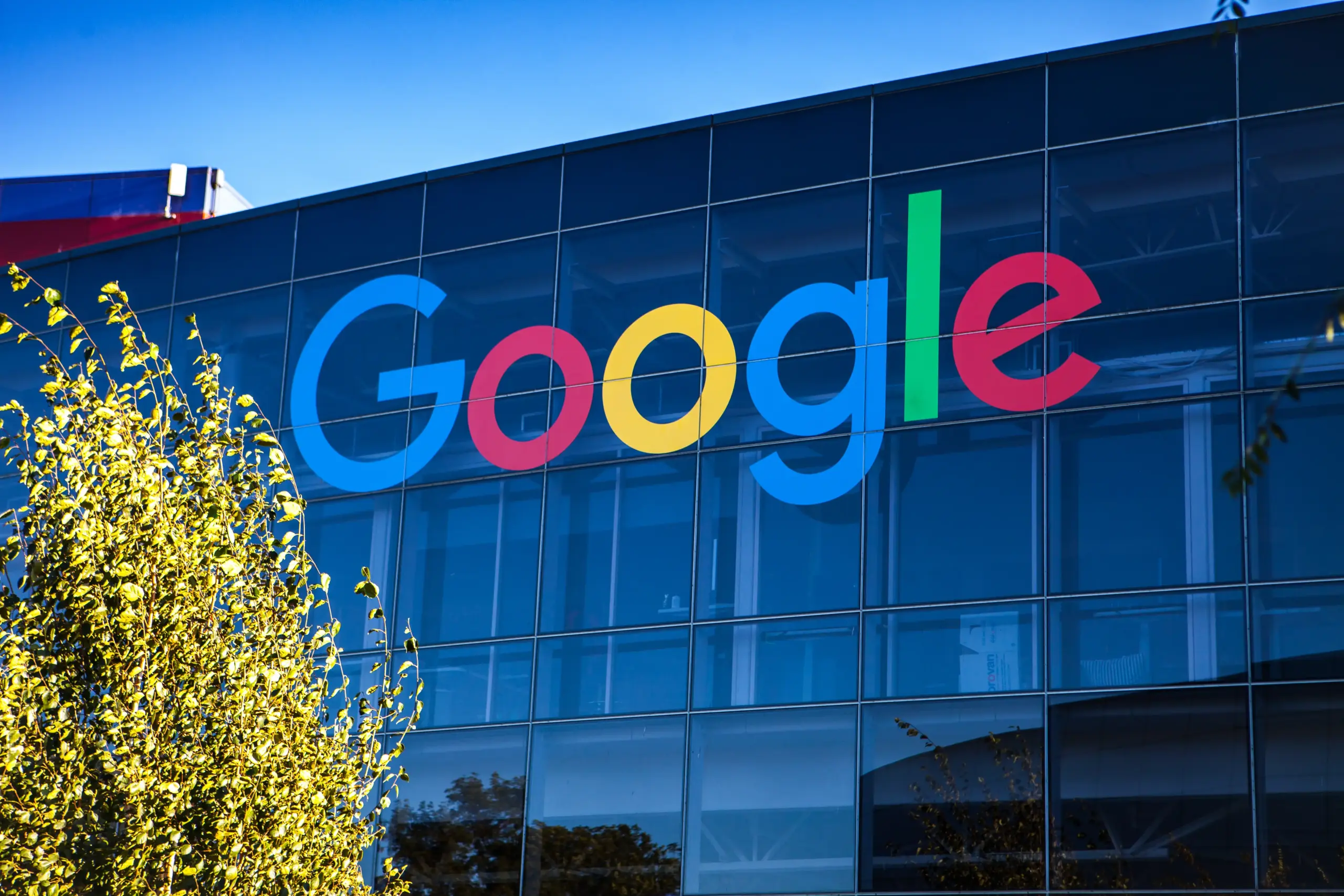
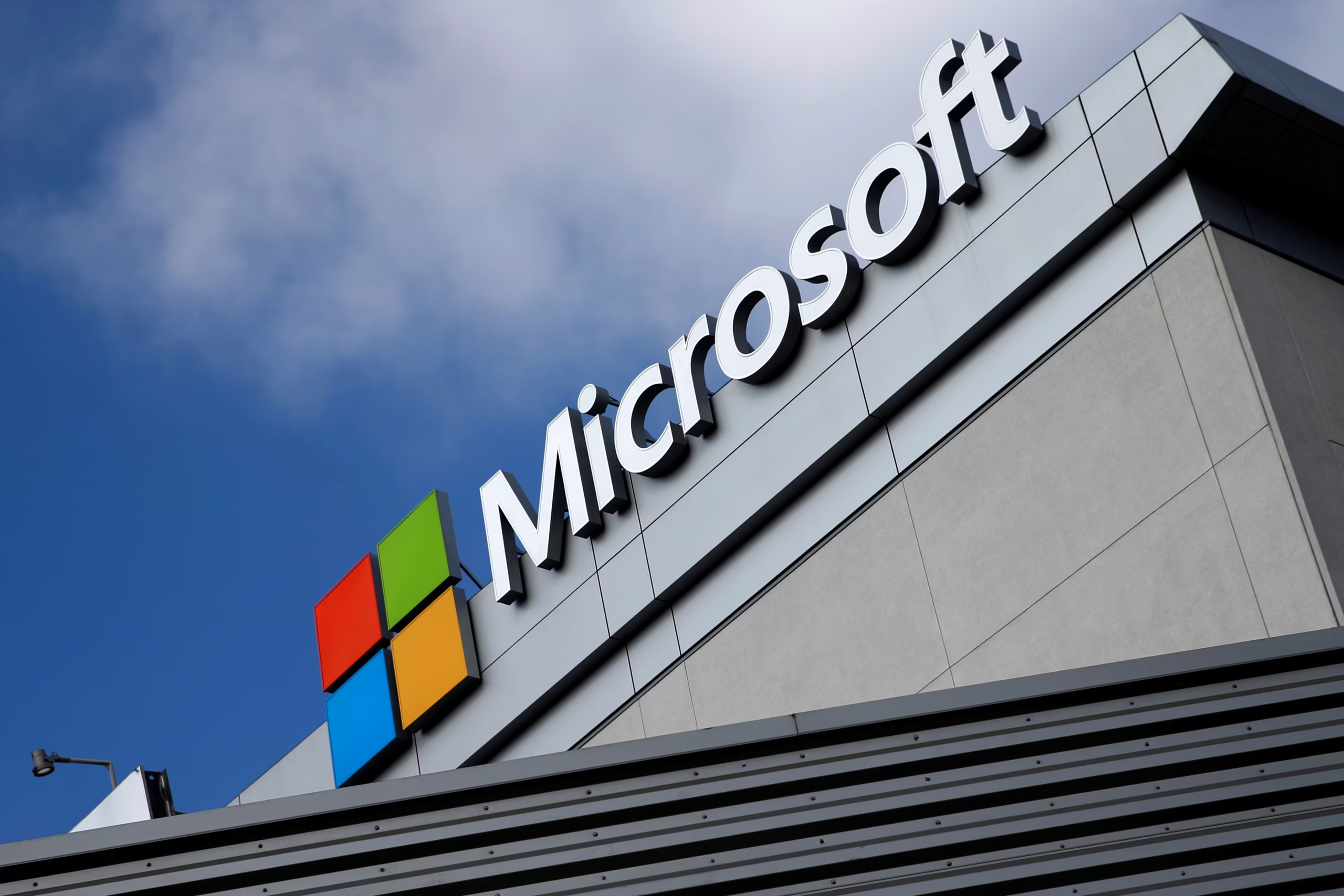

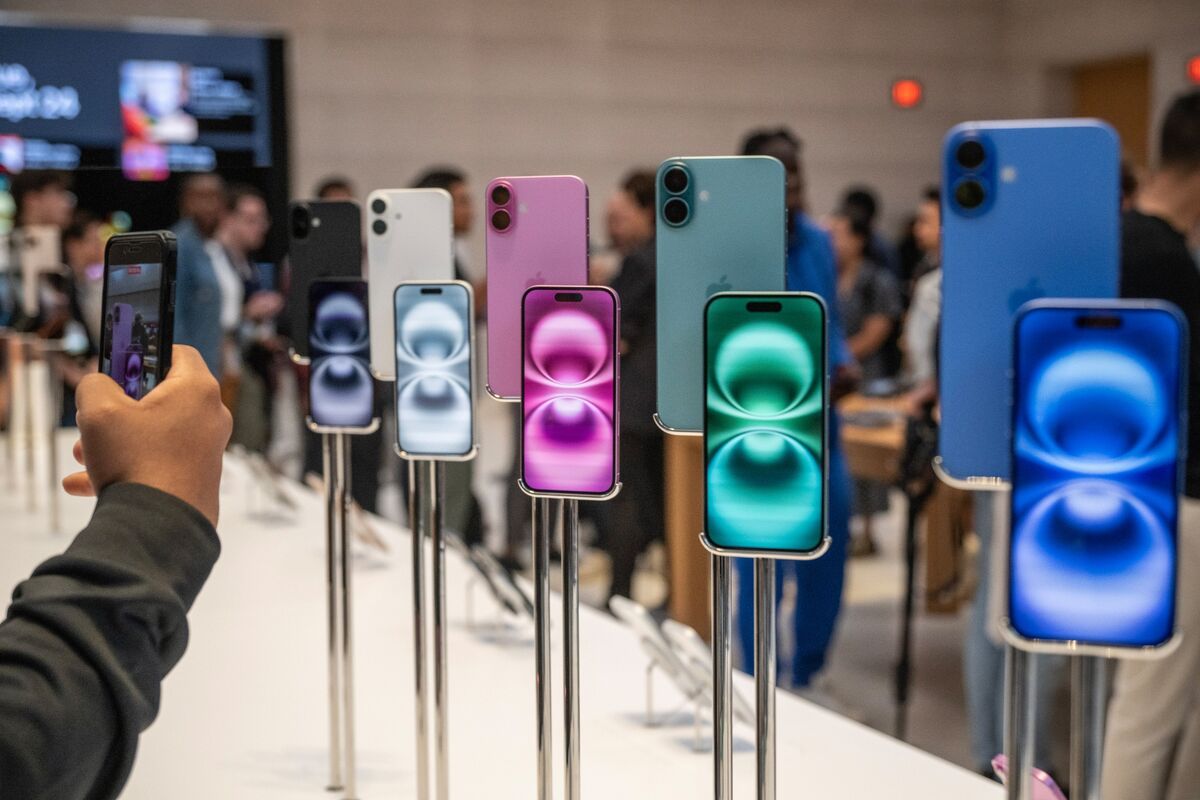
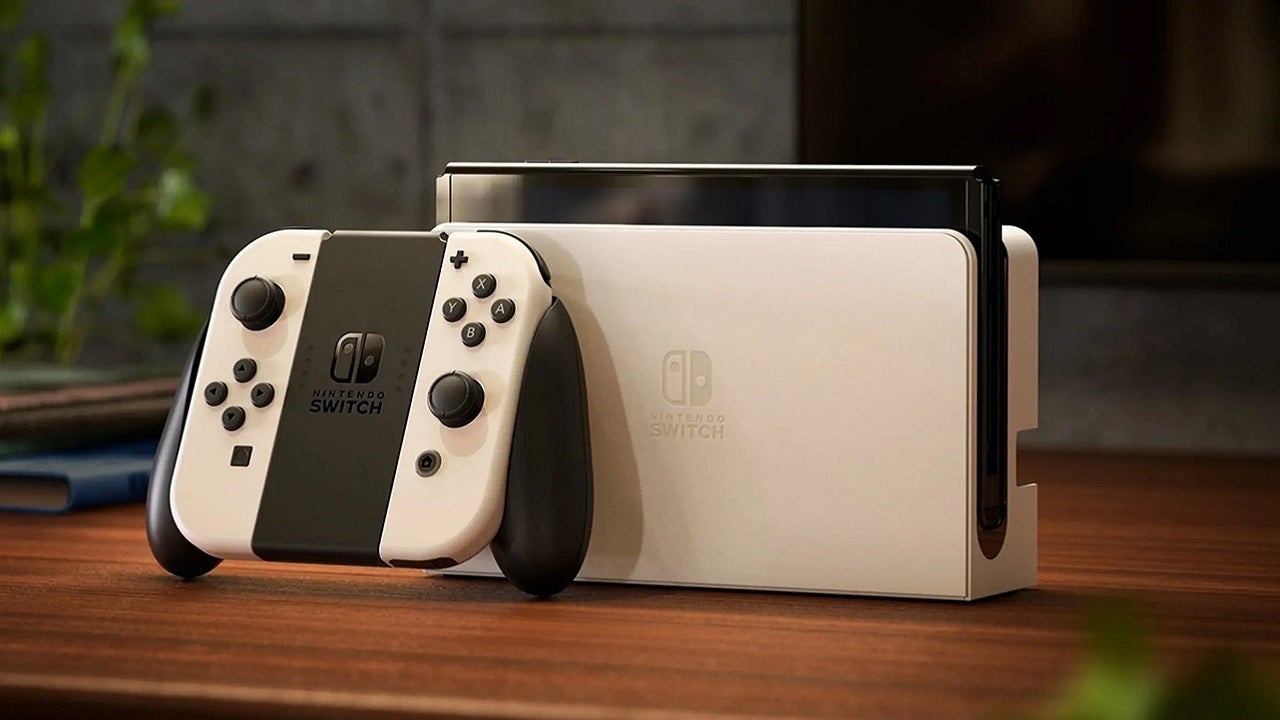

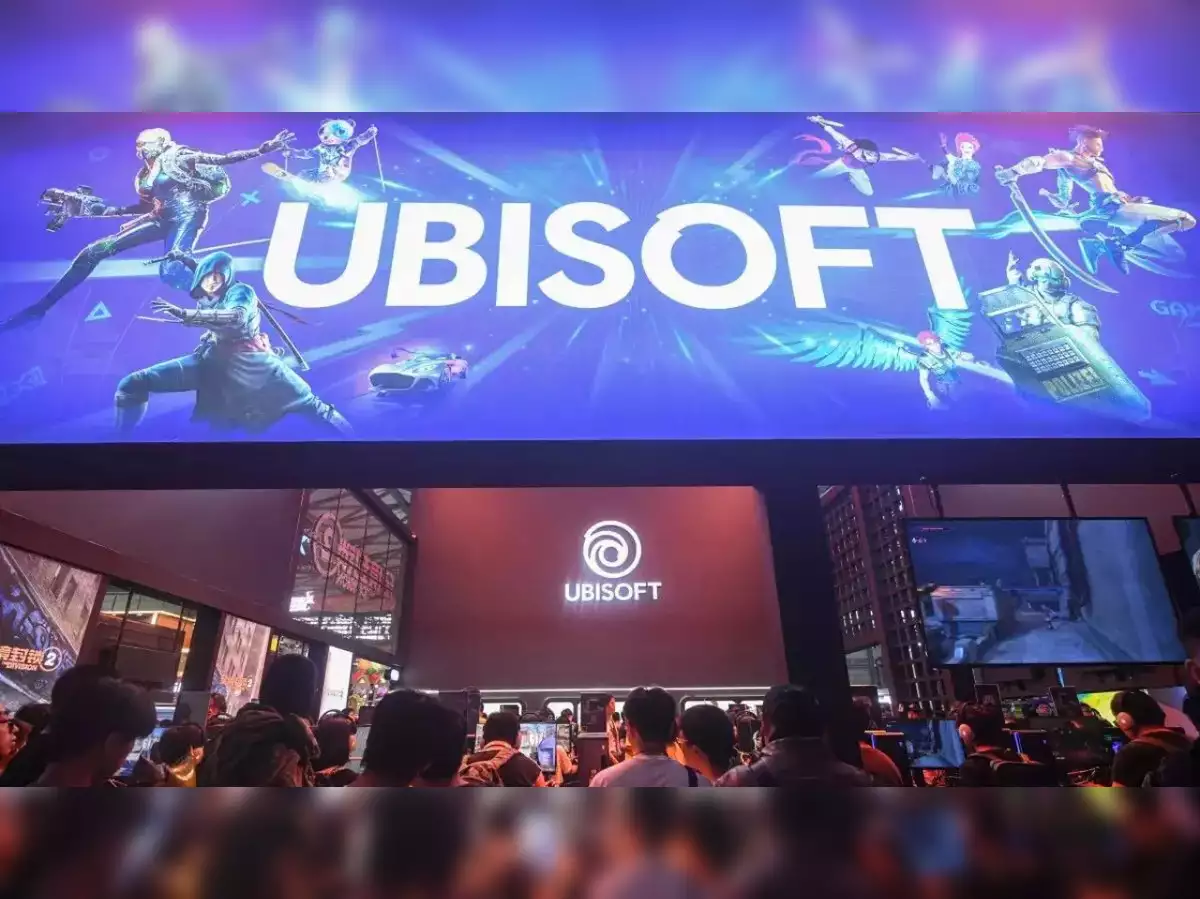
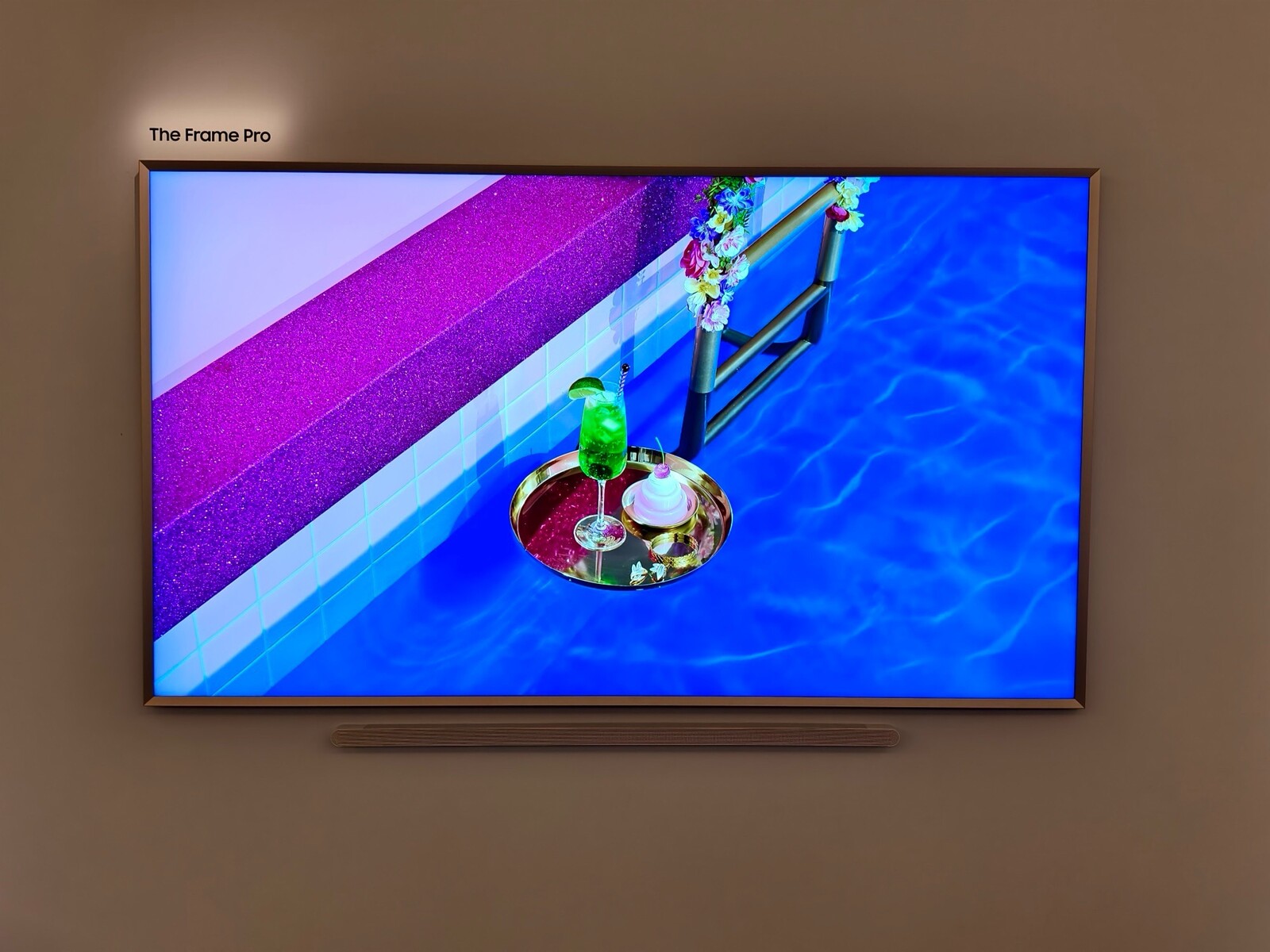
Add Comment